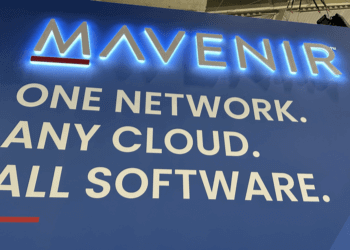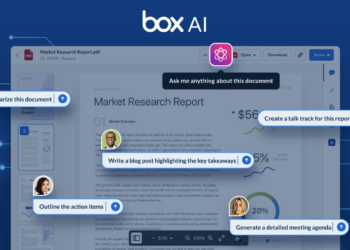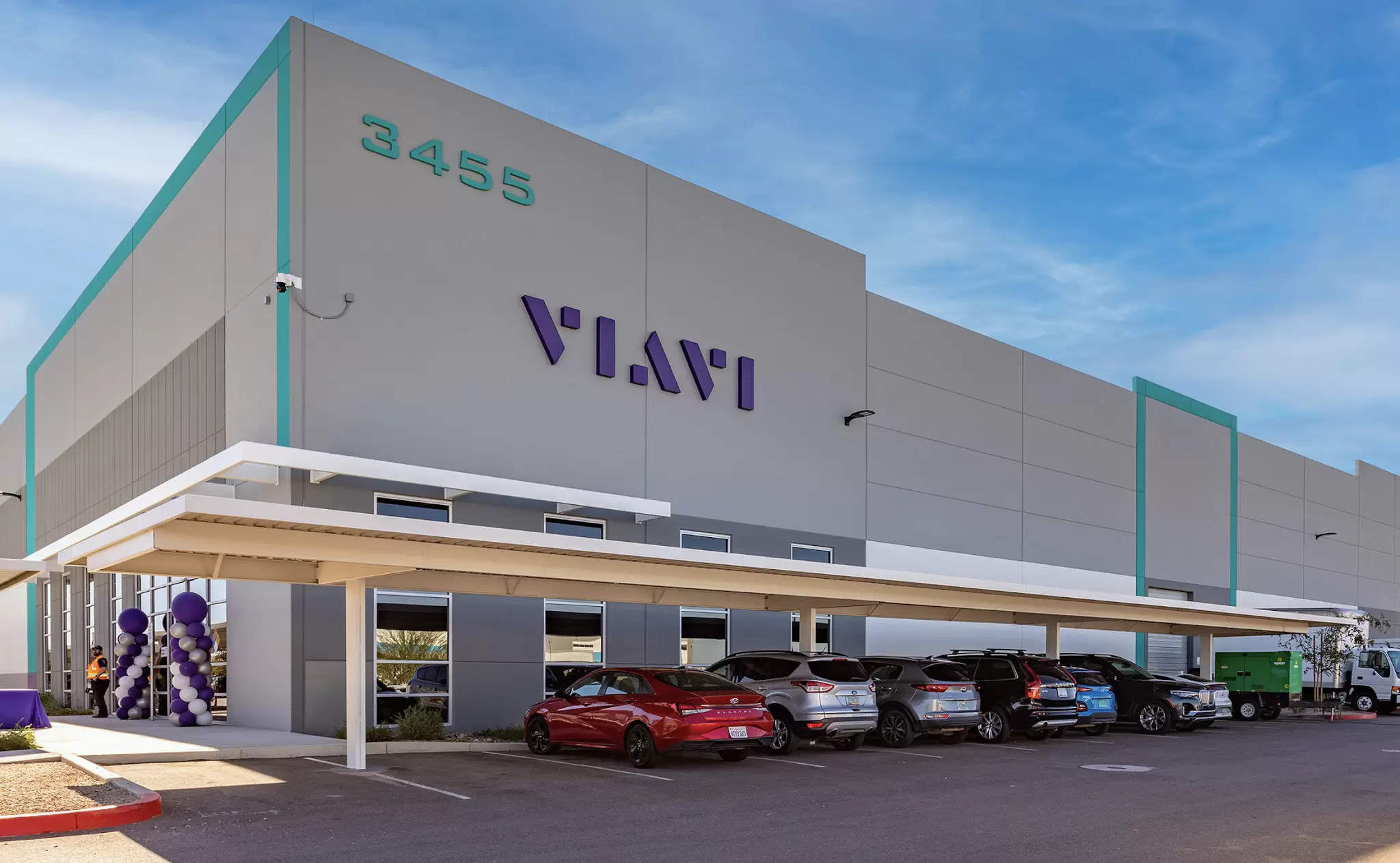The IOWN Global Forum announced five new members to its Board of Directors:
- Ciena, Steve Alexander, Chief Technology Officer
- Orange, Gilles Bourdon, Vice President, Wireline Networks and Infrastructure
- Fujitsu, Shingo Mizuno, Corporate Executive Officer, Vice Head of System Platform Business
- KDDI, Dr. Tomohiro Otani, General Manager
- Accenture, Jefferson Wang, Senior Managing Director and Global Network Practice Lead
In addition, the IOWN Global Forum posted highlights from its recent third Annual Member Meeting, which welcomed nearly 400 registrants from 78 organizations. A
Dr. Katsuhiko Kawazoe, President and Chairperson of IOWN Global Forum, opened the meeting sharing that “Vision to Reality” was the goal for this eighth member meeting. To do so, the focus of the meeting was to define the next stage of work items needed to deliver Vision 2030 supporting defined use cases, technologies, and architectures while also solving these challenges for a sustainable world. Using a growing list of Proof of Concepts (PoC), members shared their progress in a variety of keynotes, sessions, and workshops for bringing the Vision 2030 into reality.
Chris Wright, Senior Vice President and Chief Technology Officer, Red Hat, Inc., presented on “IOWN and LINUX for the Environment Sustainability” where he described how IOWN technologies together with open source communities will be the shortest path for our connected world to deliver data-centric communication and computing infrastructure that support environmental sustainability.
Caroline Chan, the Vice President of the Network and Edge Solutions Group at Intel Corporation, shared a keynote titled “Digital Life Enhanced by Rich Compute and Connectivity.” The talk highlighted technology trends of future digital world experiences and how Intel and the ecosystem are best positioned to deliver the network and edge solutions that solve industry challenges. In addition, the discussion underscored why the work of the Forum is essential for developing next-generation global infrastructure, including the 6G system.
https://iowngf.org


















